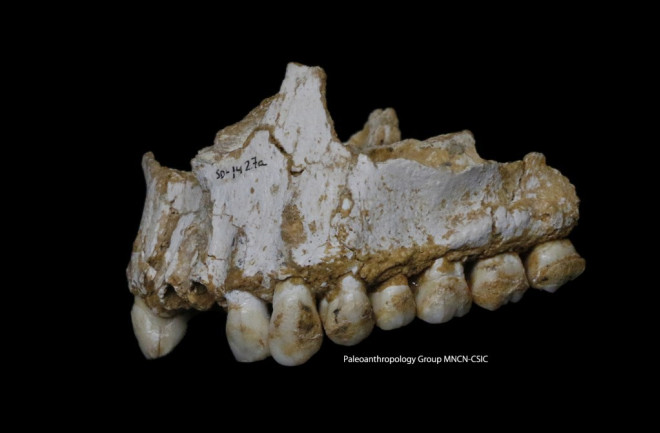Neanderthals have used painkillers and penicillin antibiotics, according to a study of their teeth. The study found that a sick Neanderthal man was accustomed to peeling a plant containing the chemical aspirin. It also appears that Neanderthals used penicillin long before modern antibiotics were developed. Evidence of this can be found in the DNA of toothpaste from a Neanderthal man who lived in Central Europe 40,000 years ago.

Microbes, such as food particles and bacteria that have stuck to the teeth of ancient humans, have opened a window for scientists to look into the past. Researchers have discovered a wealth of new information about the diet, lifestyle and health of modern humans’ closest relatives by sequencing DNA from toothpaste. “Their behavior and diet are more complex than we think and are similar to us in many ways,” said Alan Cooper, director of the Australian Center for DNA at the University of Adelaide.
“You know, this Neanderthal man was being treated for pus in his teeth or a disease caused by a food parasite. He may have been in pain. He seems to have been given aspirin peels. Now we have found penicillin in his body.” He says.
DNA experiments
The pus remained on the left jaw of a Neanderthal human, and DNA tests on the toothpaste revealed traces of parasites. According to scientists, Neanderthals had a high level of knowledge of herbs that could relieve pain in the teeth and abdomen. There is evidence that they used painkillers long before modern painkillers were developed. “It’s amazing that they use painkillers. Why? They used them before we even made penicillin, especially 40,000 years ago,” Cooper added.
This research provided detailed information on the diet of Neanderthal humans. Among Neanderthals found near a cave in Belgium, meat eaters have been found to have eaten rhinoceros and lamb along with mushrooms. Other groups living in the south of Spain ate mostly non-vegetarian foods, mostly mosses, bark and pine nuts.
Gum diseases of Neanderthals

The upper jaw from an individual from El Sidron. You can see the dental calculus deposit on the rear, right molar. (Credit: Paleoanthropology Group MNCN-CSIC)
Contrasting DNA evidence with archaeological evidence reveals that Neanderthals ate meat like polar bears and wolves. The diet was primarily found to include deer, furry mammoths, and furry rhinoceroses.
Scientists examine bacteria found in the mouths of Neanderthal humans and study the evolution of vegetation over time. As one of its stages, it is said that with the help of the oldest microbial genetic components, the bacteria that caused gum disease were recreated 48,000 years old. In addition, researchers have found that there is a relationship between the bacteria in the mouths of the aborigines and the amount of meat they ate.
“This extraordinary window into the past provides an opportunity to explore and understand human evolution in a whole new way, through the microbial components that still live with us today,” said Keith Dobney, a professor at the University of Liverpool who contributes to the study.
Neanderthals inhabited areas from Europe and Southwest Asia to Central Asia as far back as 400,000 to 40,000 years ago. Rarely, their genetic makeup can be seen in modern humans.
The report of the above research, which contains new information about Neanderthal humans, is published in the journal Nature.
![]()

Why does this article say Neanderthals had toothpaste? Instead, shouldn’t read tooth pulp?
thank you for pointing out..